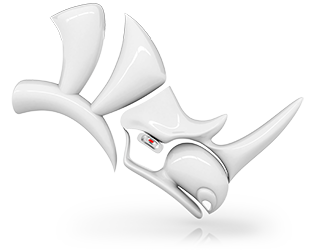The two primary commands for filleting surfaces in Rhino are:
FilletEdge
- Creates a tangent surface between multiple polysurface edges (joined) with optional varying radius. values, trims the original faces, and joins the resulting surfaces together.
- Is not limited to just two surfaces.
- Can fill in corners between adjacent fillets.
- Is limited to exactly three surfaces meeting at a point. (V4 only. V5 handles multiple surfaces at a single point.)
- The radiuses used can not be so large that they overlap each other and completely consume any surface they are following.
FilletSrf
- Creates a tangent surface between two surface edges (joined or not) with a constant radius, and optionally trims and extends the original surfaces.
- Works on exactly two surfaces at a time
- Does not fill in corners between adjacent fillets
Learn more about Fillets
Fillet Basics
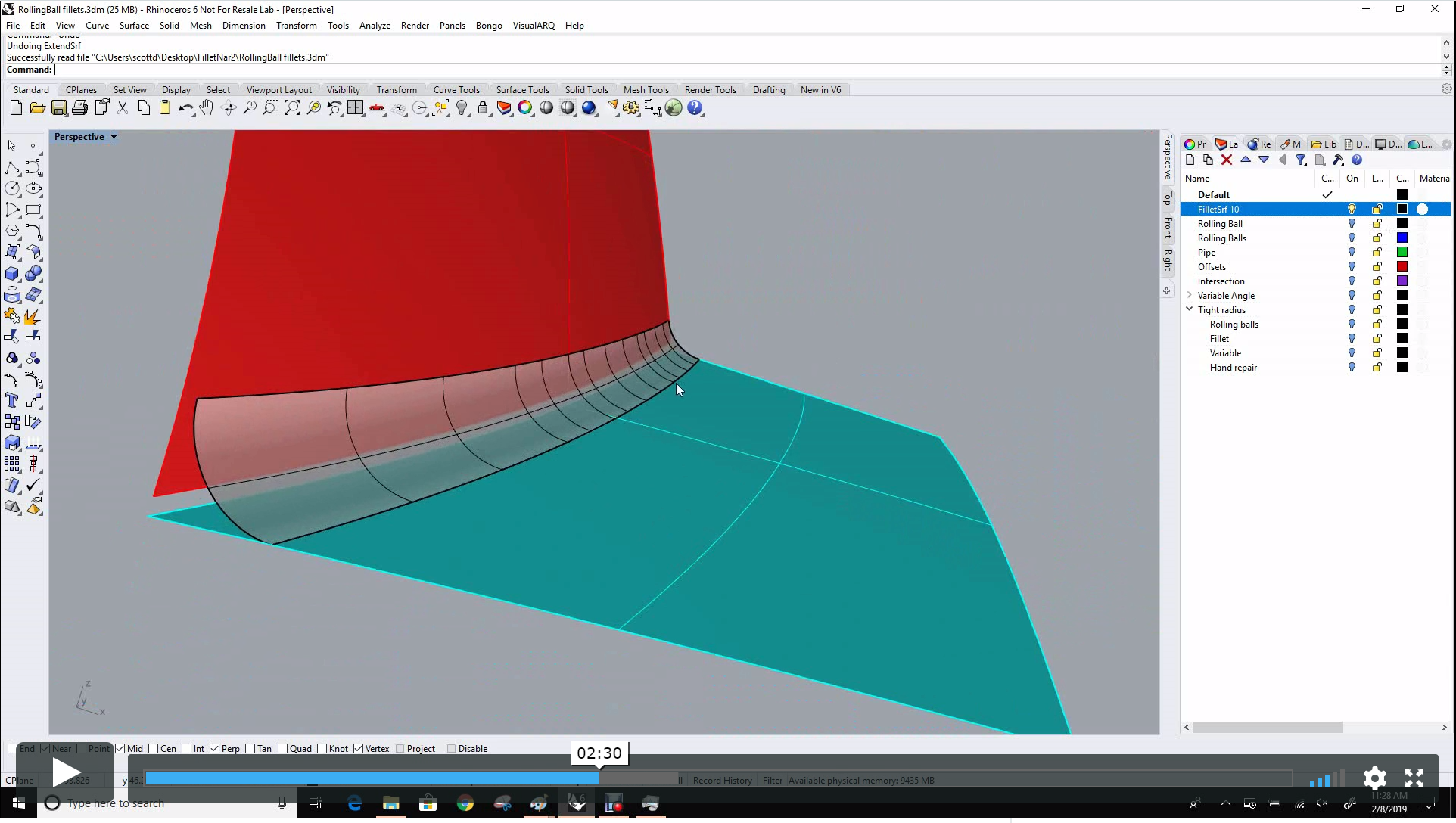 This example will show you how to manually fillet a corner where four planar surfaces meet at a single point.
Last update: March 2, 2019
This example will show you how to manually fillet a corner where four planar surfaces meet at a single point.
Last update: March 2, 2019
Advanced Fillets in Rhino
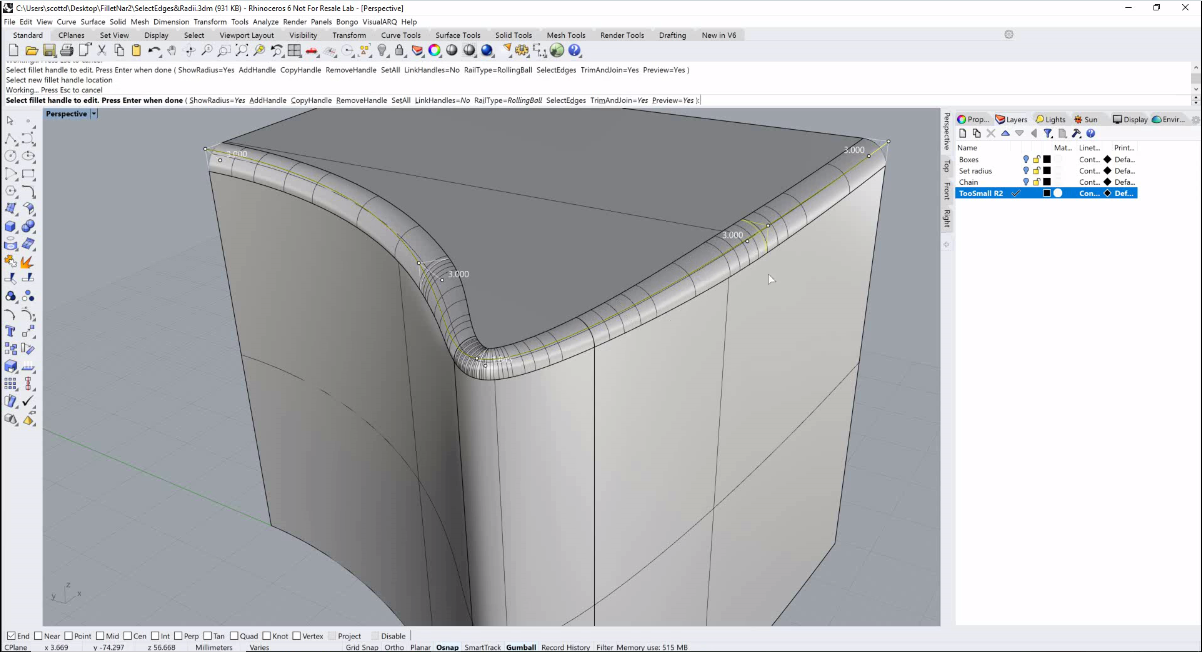 This example will show you how to manually fillet a corner where four planar surfaces meet at a single point.
Last update: March 2, 2019
This example will show you how to manually fillet a corner where four planar surfaces meet at a single point.
Last update: March 2, 2019
What if they don’t work?
Four surfaces (V4)
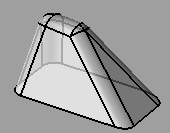 This example will show you how to manually fillet a corner where four planar surfaces meet at a single point.
Last update: January 19, 2007
This example will show you how to manually fillet a corner where four planar surfaces meet at a single point.
Last update: January 19, 2007
Five surfaces (V4)
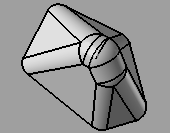 This example will show you how to manually fillet a corner where five planar surfaces meet at a single point.
Last update: January 22, 2007
This example will show you how to manually fillet a corner where five planar surfaces meet at a single point.
Last update: January 22, 2007
Overlapping surfaces
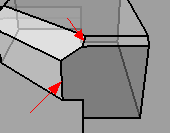
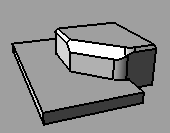 This example will show you how to manually fix two overlapping fillet surfaces.
Last update: January 19, 2007
This example will show you how to manually fix two overlapping fillet surfaces.
Last update: January 19, 2007
Short walled pocket
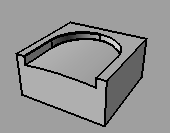
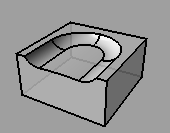 This example will show you how to manually fillet a pocket with the walls are too short for the desired radius.
Last update: January 22, 2007
This example will show you how to manually fillet a pocket with the walls are too short for the desired radius.
Last update: January 22, 2007
Existing small radius
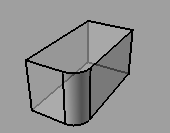
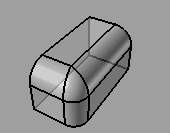 This example will show you how to use a large radius fillet when a small radius fillet already exists.
Last update: January 22, 2007
This example will show you how to use a large radius fillet when a small radius fillet already exists.
Last update: January 22, 2007
Tangent cylinders
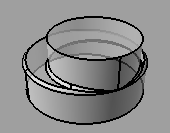 This example will show you how to fillet two stacked cylinders that share a tangent side.
Last update: January 22, 2007
This example will show you how to fillet two stacked cylinders that share a tangent side.
Last update: January 22, 2007
Overlapping boxes
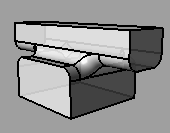 This example will show you how to fillet the shared edges of two overlapping boxes.
Last update: January 22, 2007
This example will show you how to fillet the shared edges of two overlapping boxes.
Last update: January 22, 2007
Mitch’s first challenge
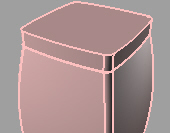 Here’s an example sent in by Mitch Heynick. Mitch writes: Fillet all vertical edges plus the base with a radius of 10. Fillet the horizontal inside edges near the top at 5. –Mitch
Last update: January 25, 2007
Here’s an example sent in by Mitch Heynick. Mitch writes: Fillet all vertical edges plus the base with a radius of 10. Fillet the horizontal inside edges near the top at 5. –Mitch
Last update: January 25, 2007
Mitch’s second challenge
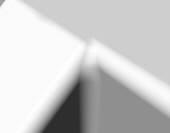 Here’s another example sent in by Mitch Heynick. I’ll admit, this one stumped me but Pascal figured it out. Mitch writes: Fillet all the surfaces except bottom with a constant radius of 5. –Mitch
Last update: January 30, 2007
Here’s another example sent in by Mitch Heynick. I’ll admit, this one stumped me but Pascal figured it out. Mitch writes: Fillet all the surfaces except bottom with a constant radius of 5. –Mitch
Last update: January 30, 2007
